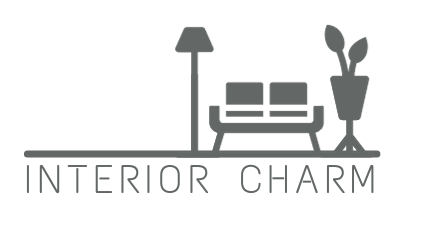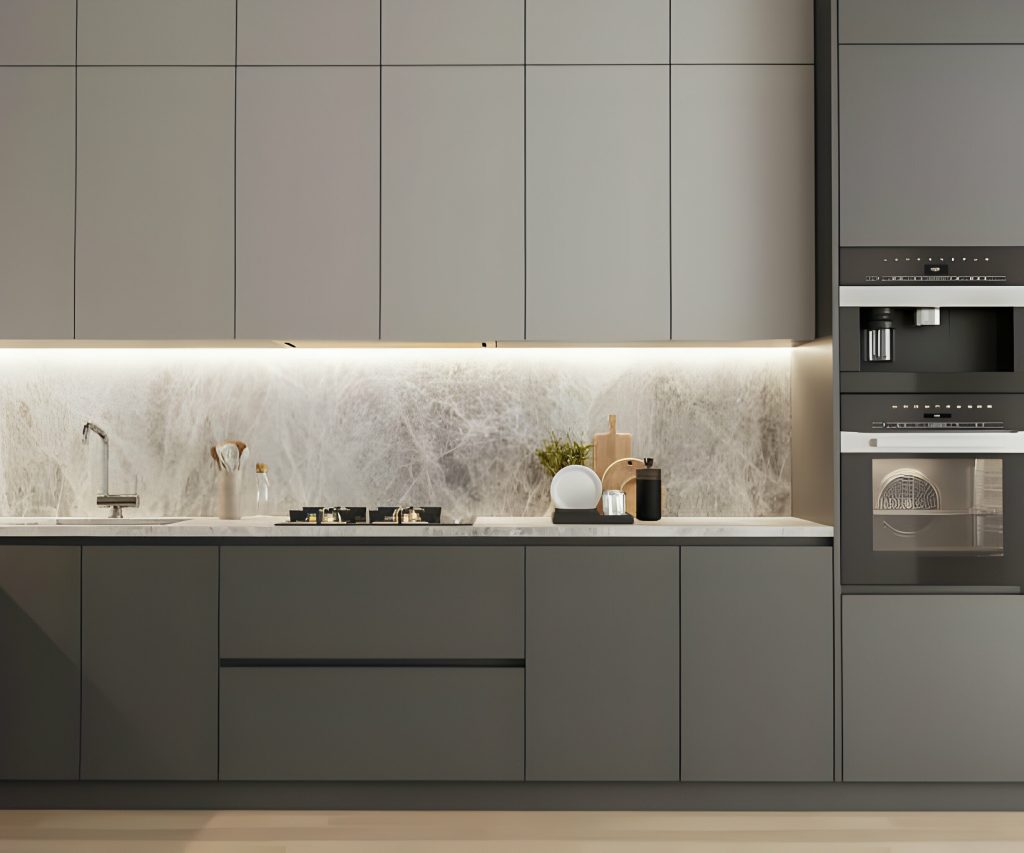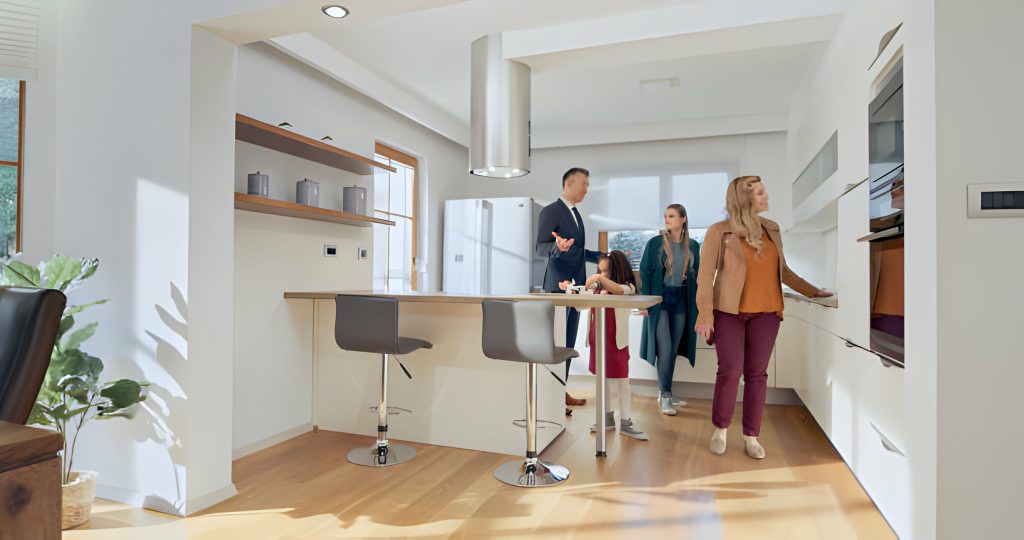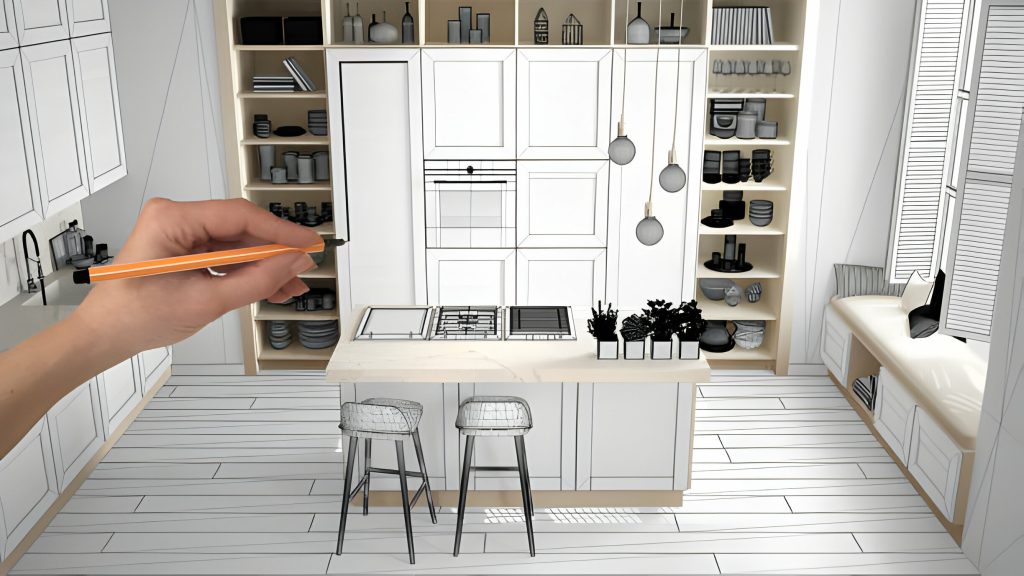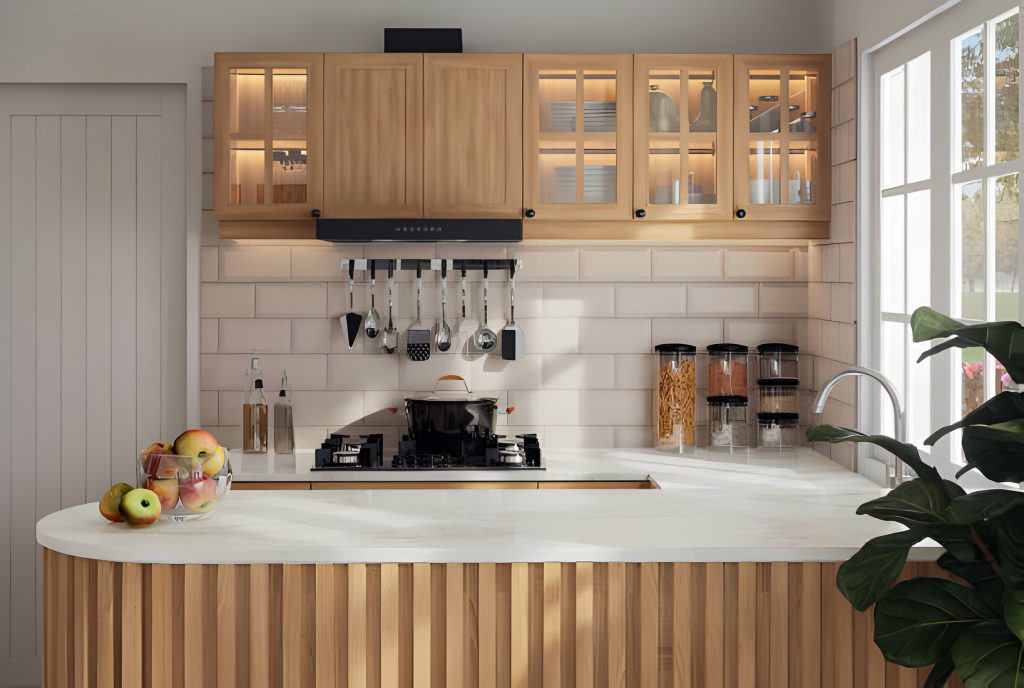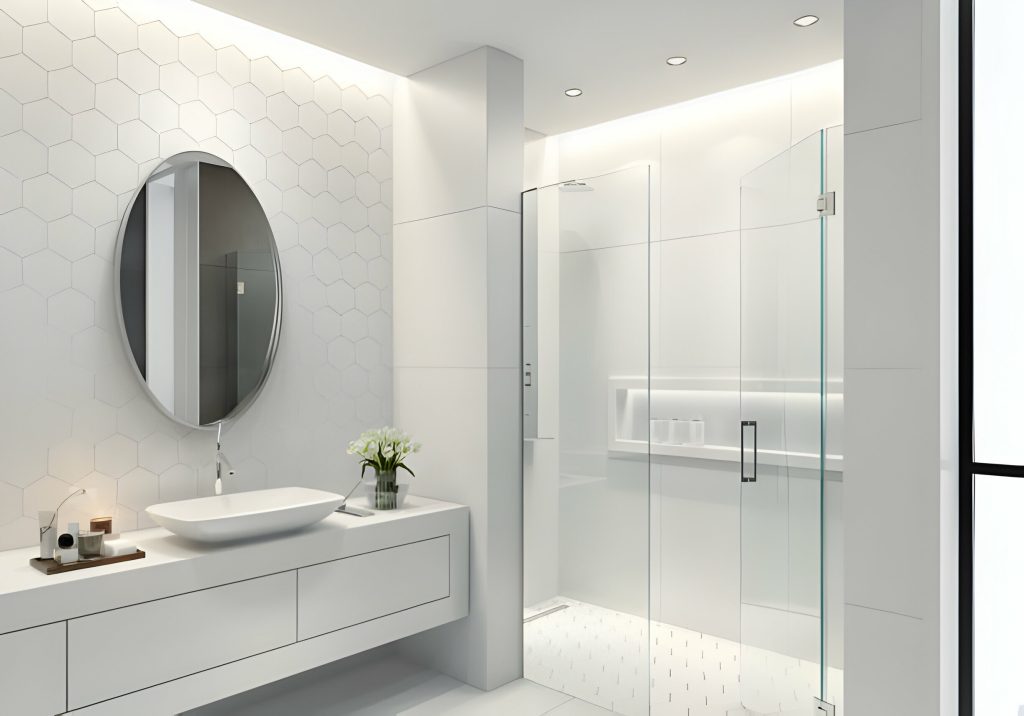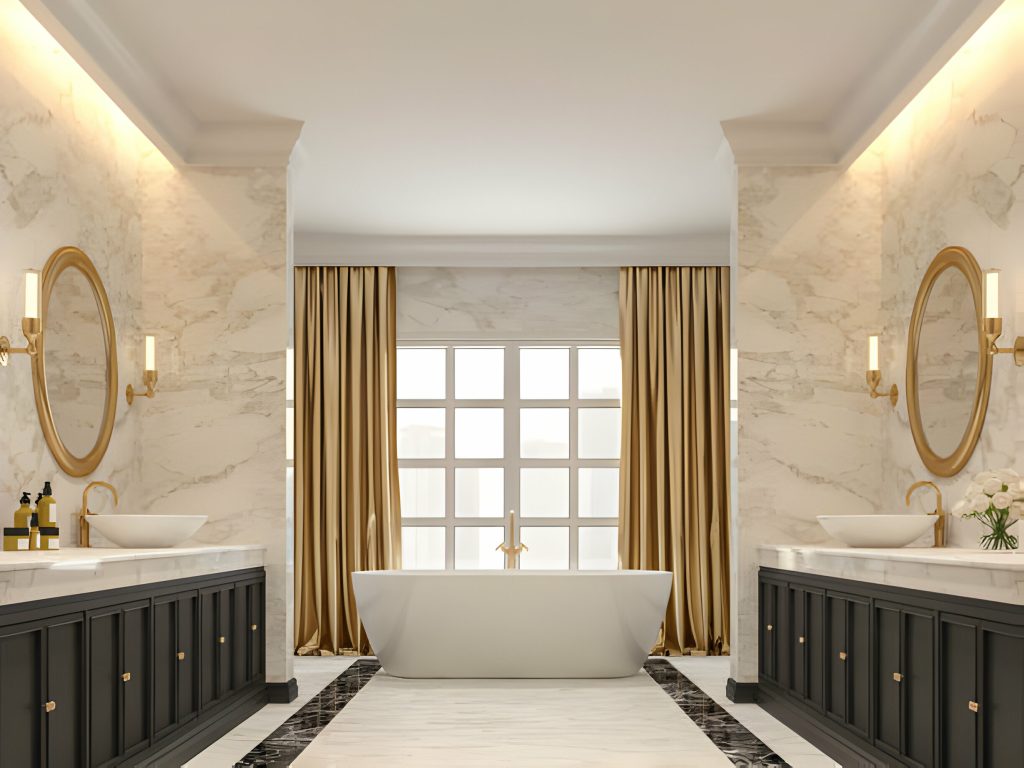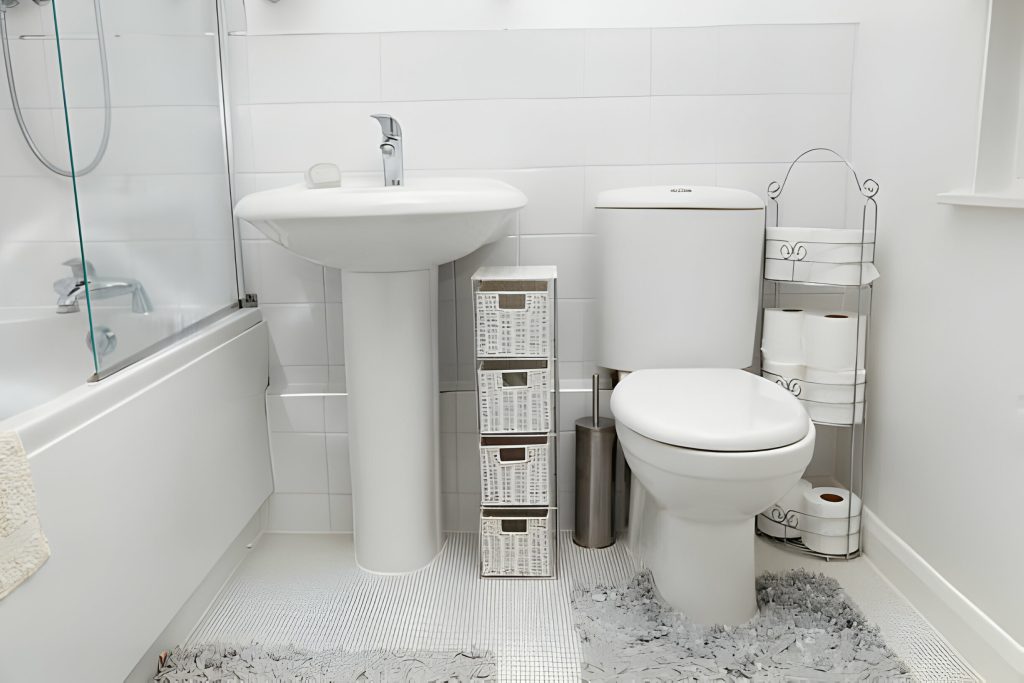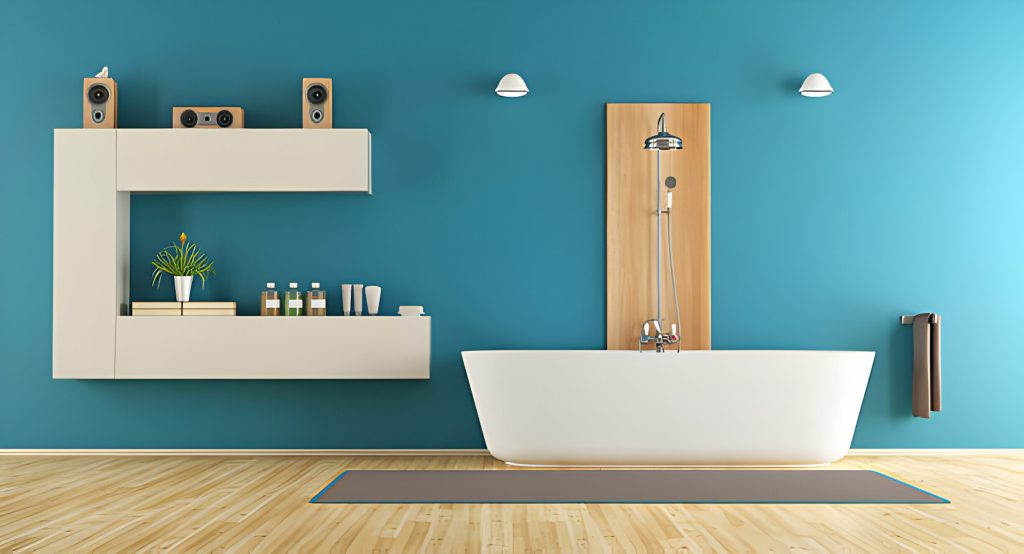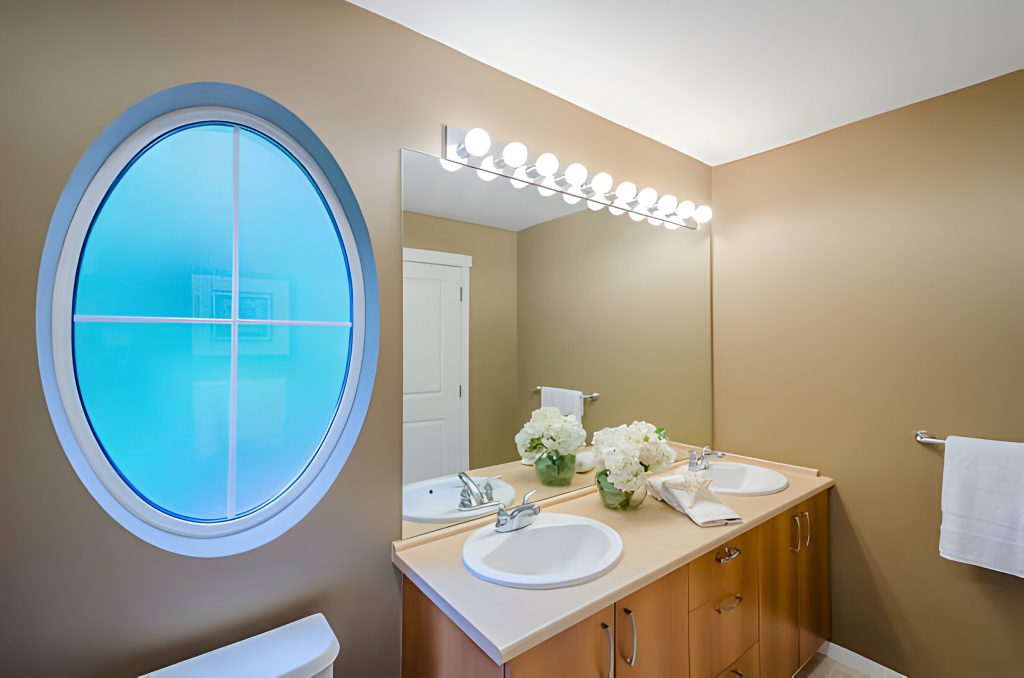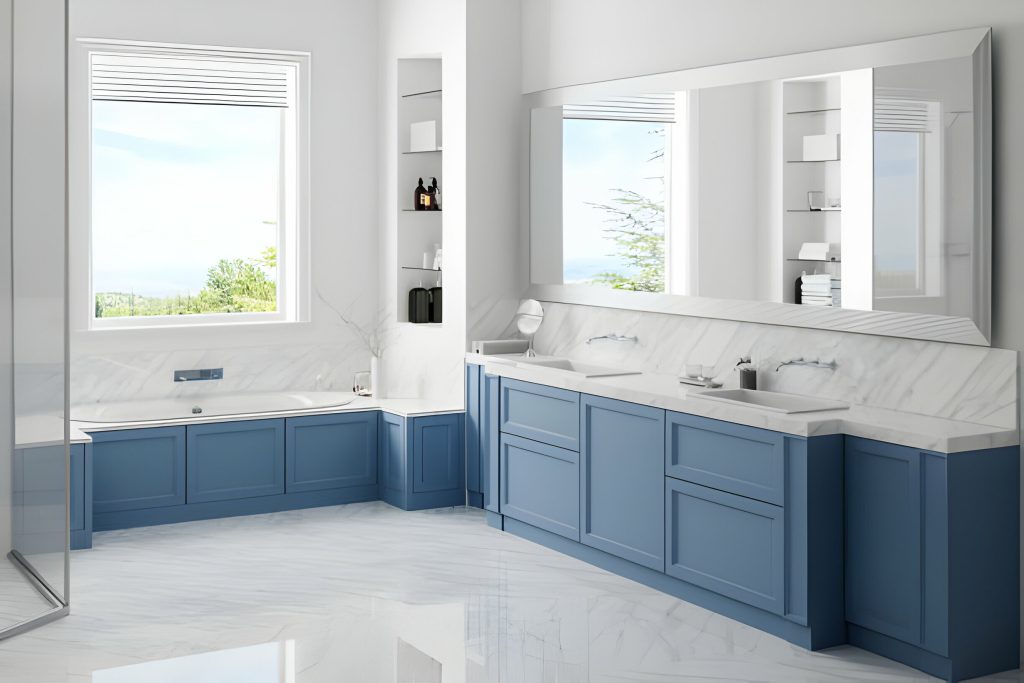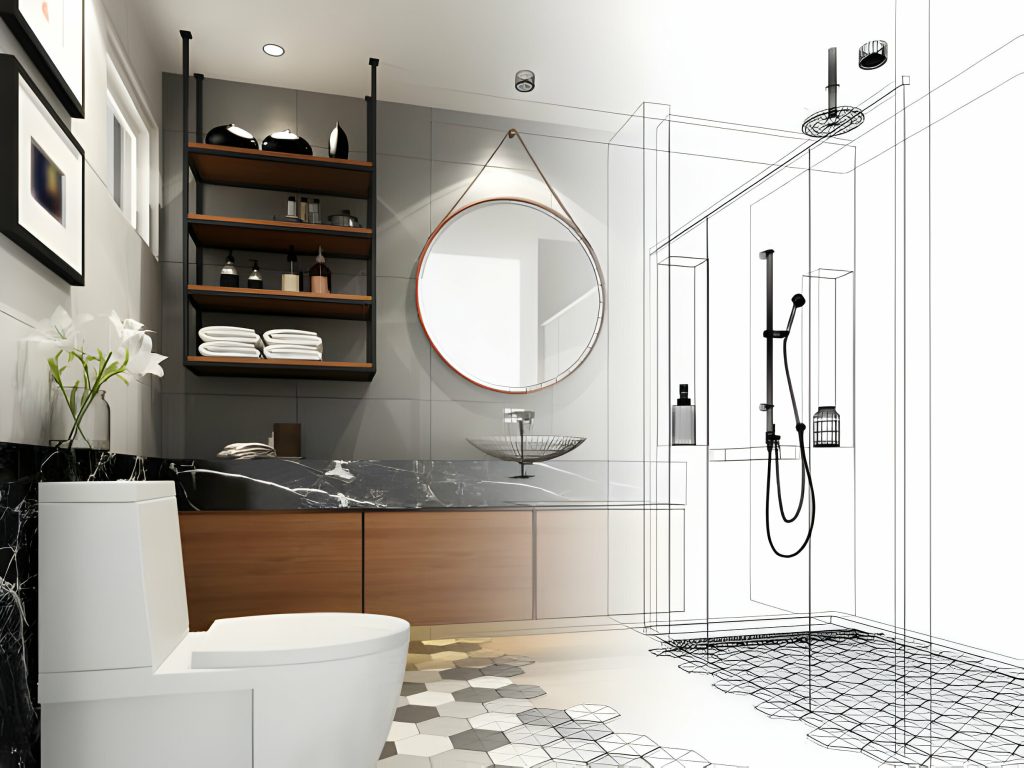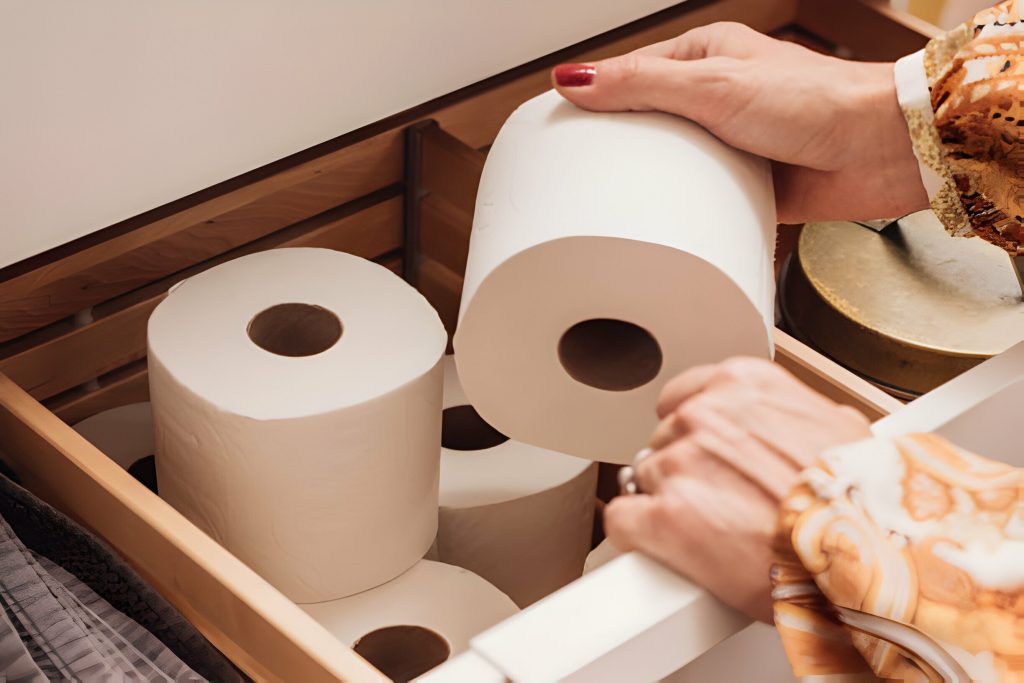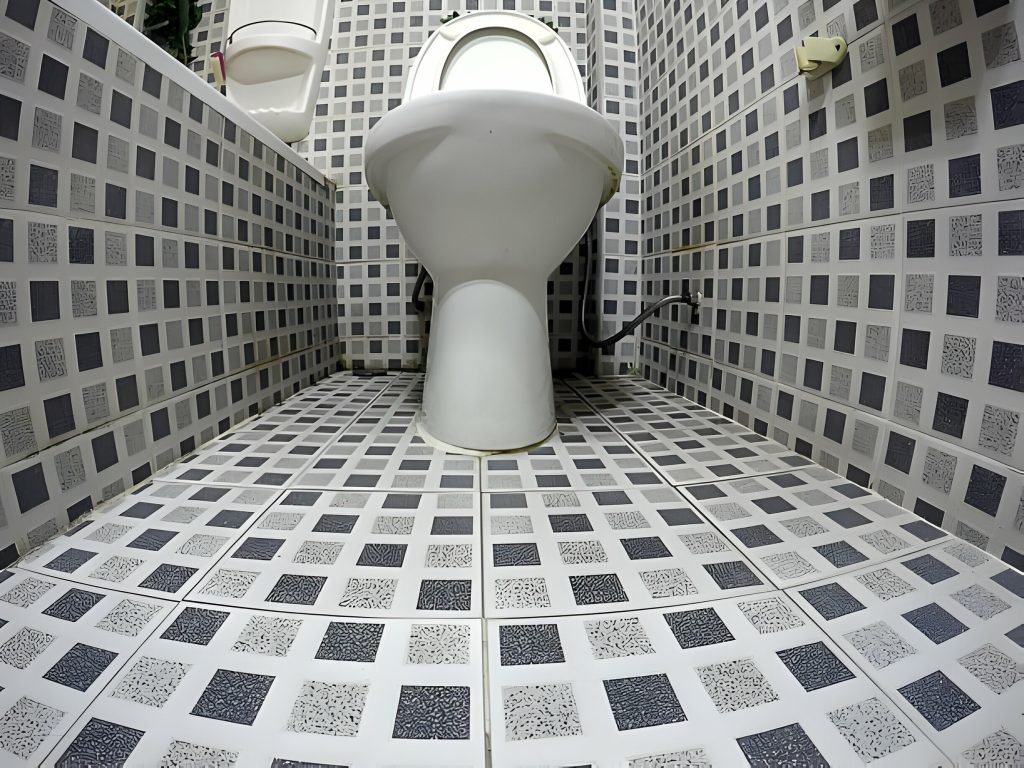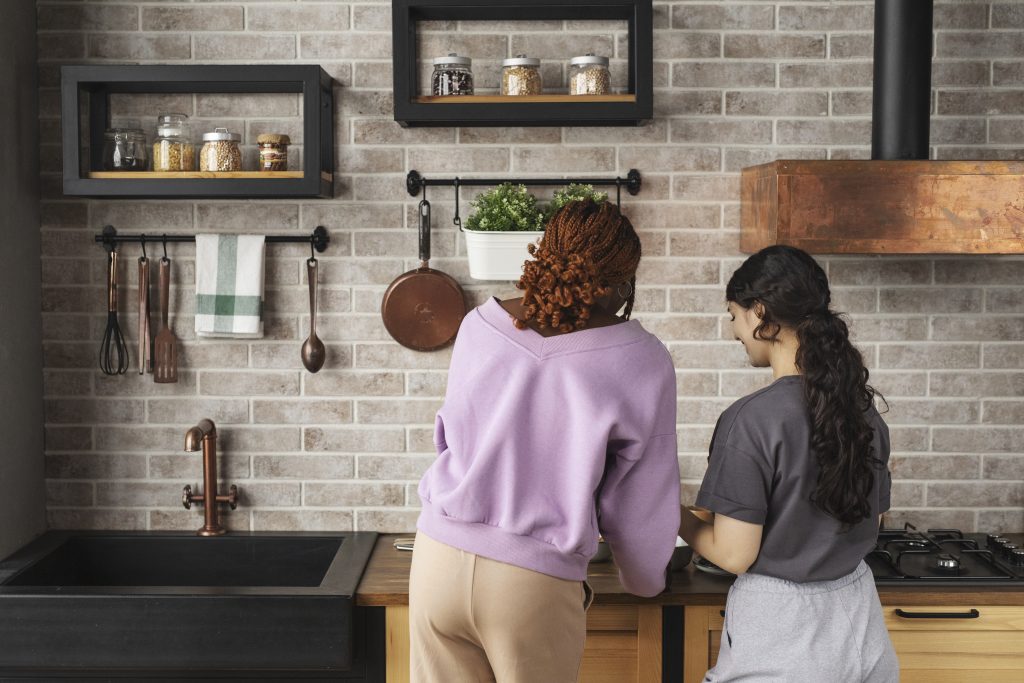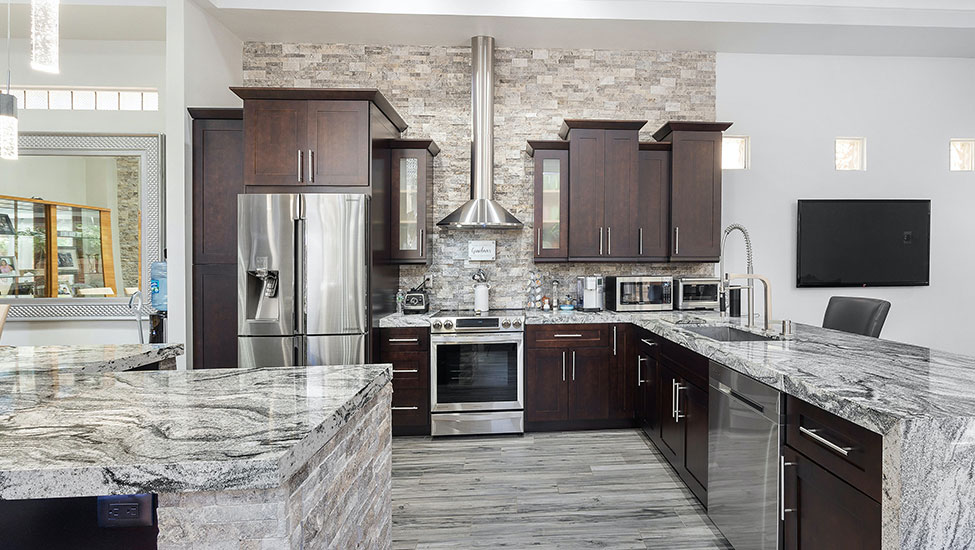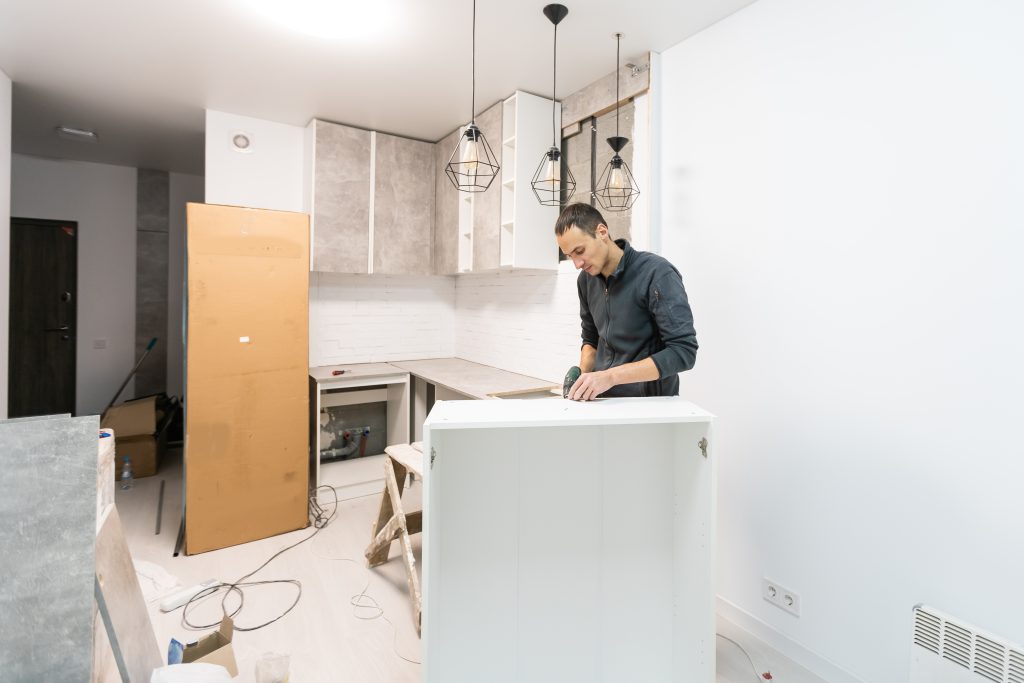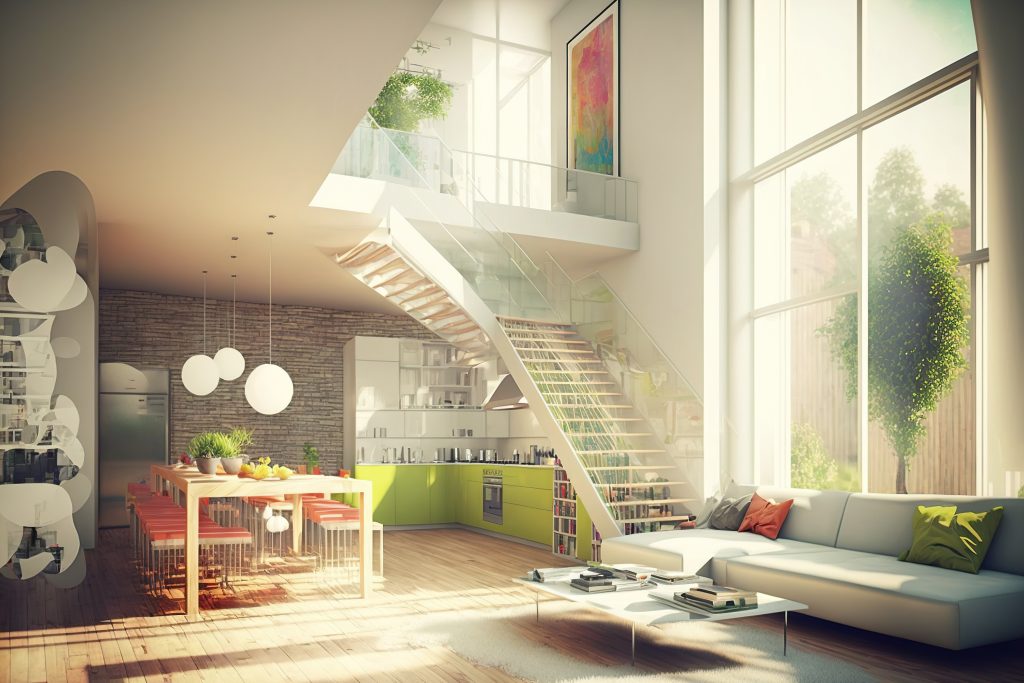
- Design trends
Have you ever walked into a room and immediately felt disoriented or uncomfortable? That’s likely due to a lack of...more
Top Story
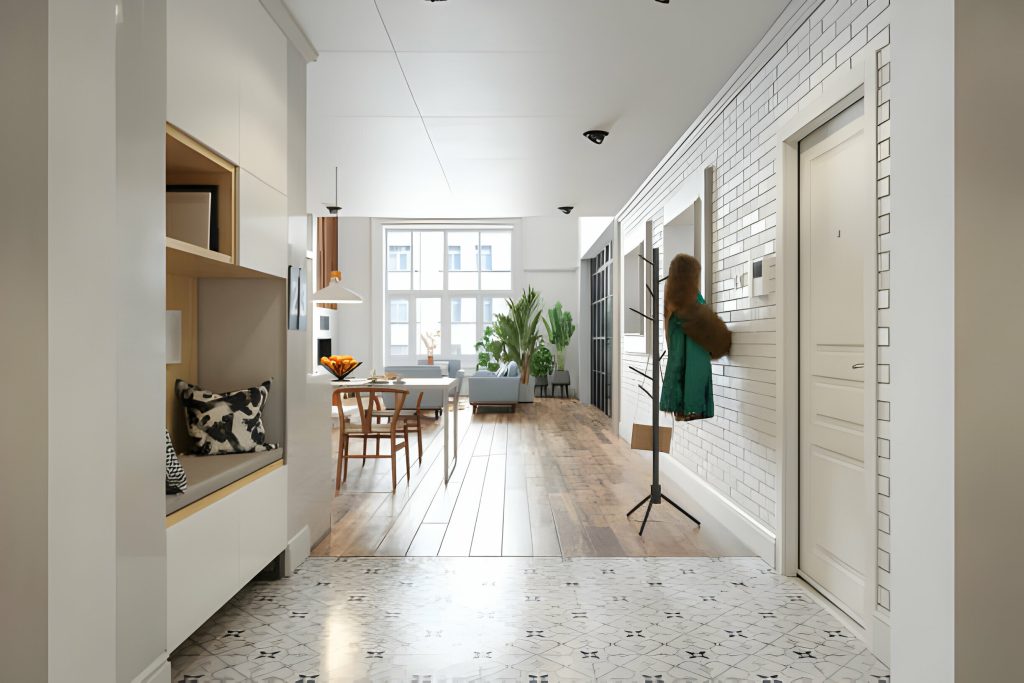
Looking to spruce up your hallway? Need some furniture ideas to create a warm and inviting space? Well, look no further! In this article, we’ve
Latest Posts
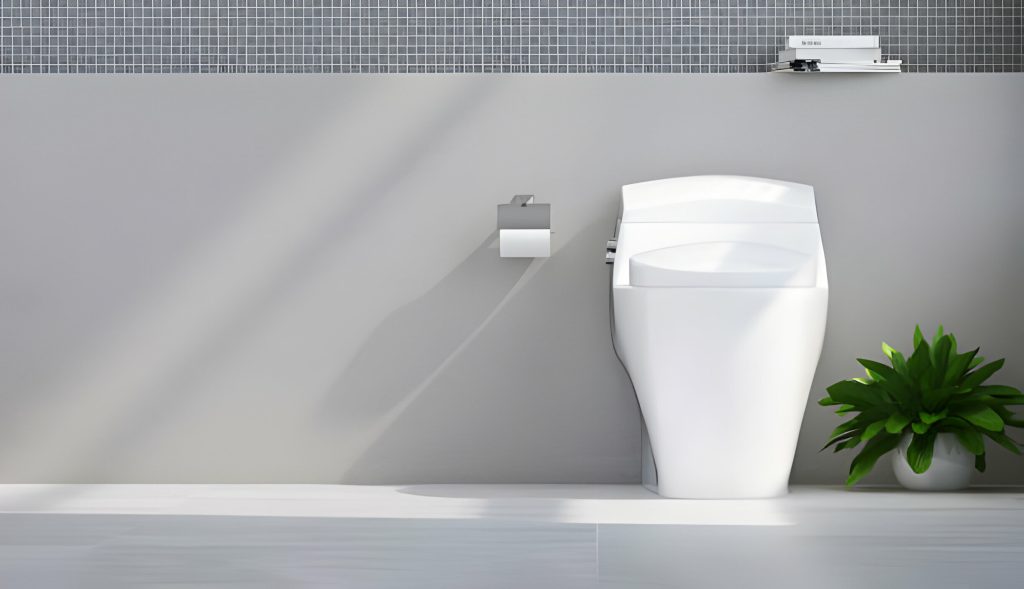
you know that the minimum distance required in front of a toilet is 21 inches? However, it’s recommended to have at least 30 inches of
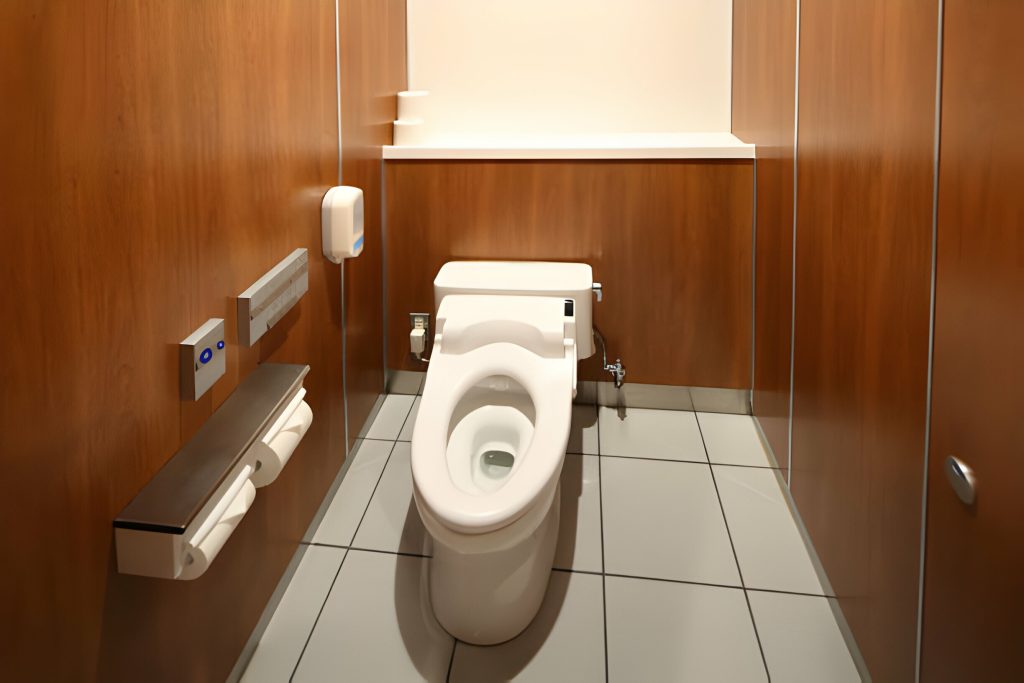
It may seem like a trivial matter, but according to Vastu principles, it can have a significant impact on your health and well-being. By following
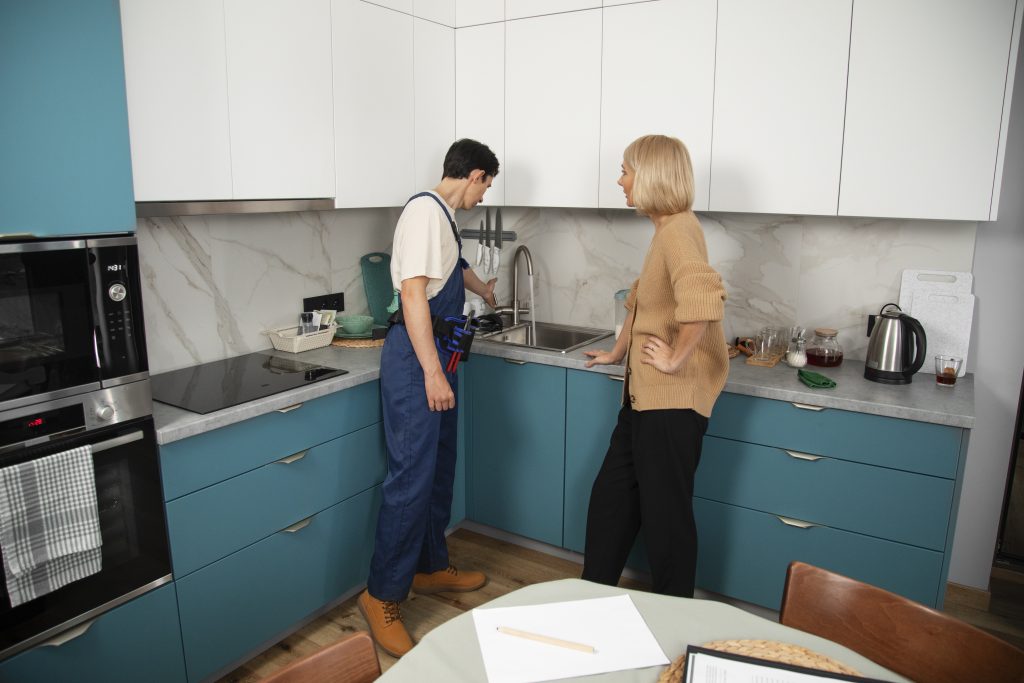
They say that good things come in small packages, and the same goes for your kitchen. Designing a small kitchen may seem like a daunting

Creating the Perfect Flow in Your Home Interior Design
Have you ever walked into a room and immediately felt disoriented or uncomfortable? That’s likely due to a lack of flow in the space’s interior design. Proper flow is essential to creating a cohesive and functional home environment that feels comfortable and inviting.
From the placement of furniture to the use of color and texture, every detail contributes to the overall sense of flow. For example, imagine walking into a living room with a sofa and chairs arranged in a way that blocks the natural traffic flow of the room. You’d likely feel cramped and frustrated trying to navigate around the furniture.
In this guide, we’ll walk with you how to create the perfect flow in your home design. Read on:
Understanding the Concept of Flow
The importance of flow in interior design cannot be overstated. It refers to the way a space feels as you move through it. It’s about creating a sense of harmony and balance that makes a room feel comfortable and inviting. Flow is achieved through careful consideration of every design element, from furniture placement and lighting to color and texture.
Assessing Your Space
To assess your space, start by walking through the room and taking note of how it feels as you move from one area to another. Are there any areas that feel cramped or cluttered? Is there enough room to move around comfortably? Once you have a sense of the overall flow of the space, you can begin to identify problem areas and potential solutions.
For example, if you have a small living room that feels cramped, consider removing any unnecessary furniture or decor items to create more open space. Or, if you have a narrow hallway that feels cluttered, try adding a mirror or light-colored paint to create a sense of depth and openness.
Creating a Layout
To create flow in your space, start by choosing furniture and decor items that complement each other in terms of scale, style, and color. Avoid adding too many pieces that clash or feel out of place. Once you’ve chosen your furniture and decor, it’s time to arrange them in a way that enhances flow.
Start by thinking about the natural traffic flow of the room and arrange your furniture accordingly. For example, if you have a living room with a fireplace, arrange your sofa and chairs around it to create a focal point and encourage conversation. If you have a small dining room, consider using a round table to create an open and inviting atmosphere.
Remember that furniture placement is just one aspect of layout design. Other design elements, such as lighting and artwork, can also contribute to the overall flow of the space. Use lighting to highlight important areas of the room and create a sense of depth, and use artwork and decor to add visual interest and balance.
Enhance The Entrance
Door frame architraves are a great way to enhance the flow of your home’s interior design, especially at the entrance. These decorative moldings are installed around the perimeter of a door frame. They come in a variety of styles and materials, from simple and understated to ornate and detailed.
By adding them to your entrance, you can create a sense of elegance and sophistication that sets the tone for the rest of your home’s interior design. This small detail can make a big impact on the overall feel of the space, helping to pull the design together and create a cohesive look.
Adding Accents and Accessories
Accents and accessories are an excellent way to enhance the flow of your home’s interior design. When adding them, choose items that complement the overall design aesthetic and add visual interest without overpowering the space.
You can do this by adding pops of color through throw pillows, curtains, or wall art. These items can create a sense of balance and harmony throughout the space, tying together different design elements and creating a cohesive look.
Conclusion
By understanding the concept of flow, assessing your space, choosing the right furniture and decor, and arranging them in a thoughtful way, you can enhance the flow of your interior design and create a comfortable and cohesive home environment.
Remember to consider every design element, from lighting and artwork to door frame architraves, to create a space that flows well and feels polished and finished.
